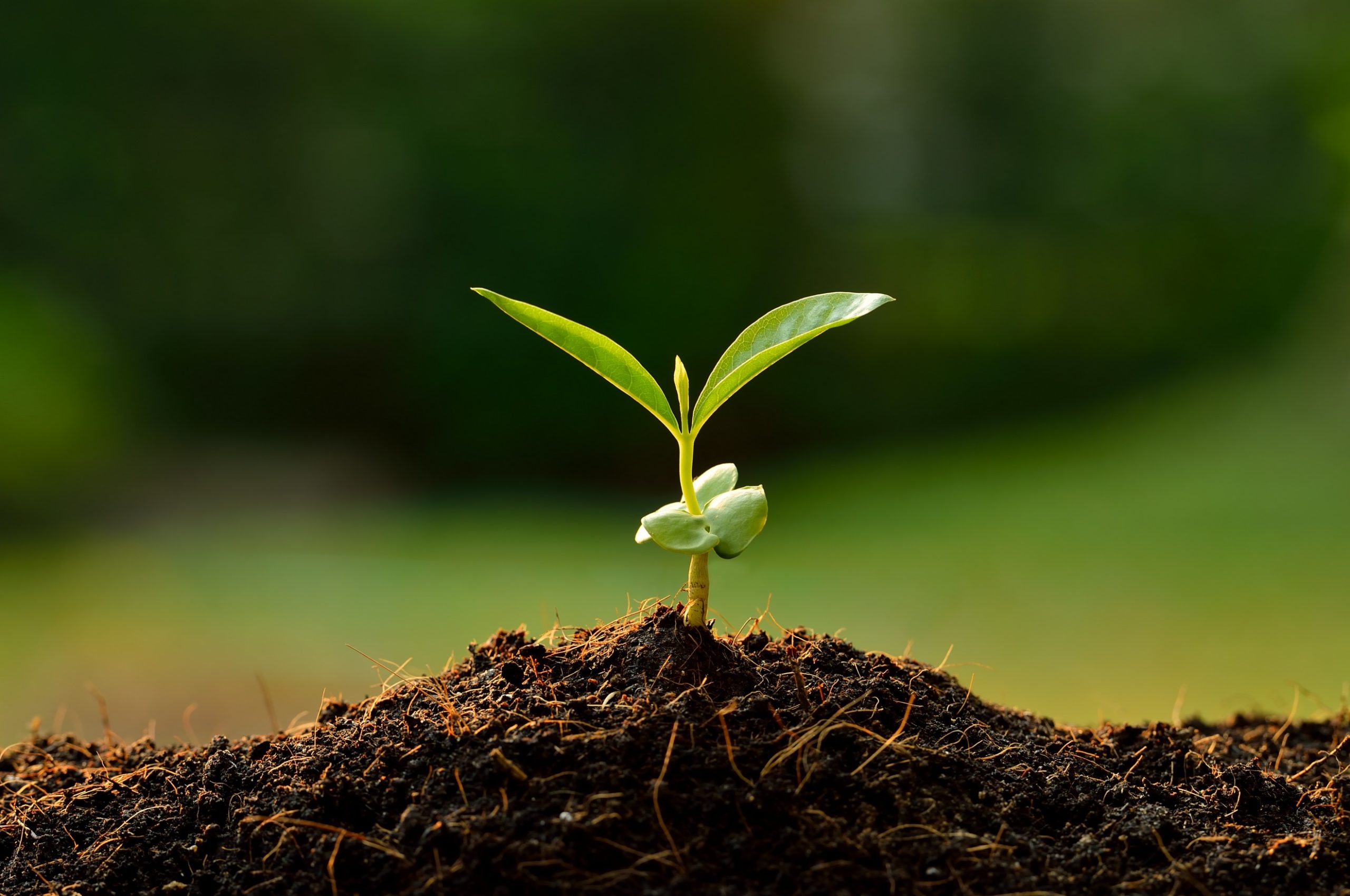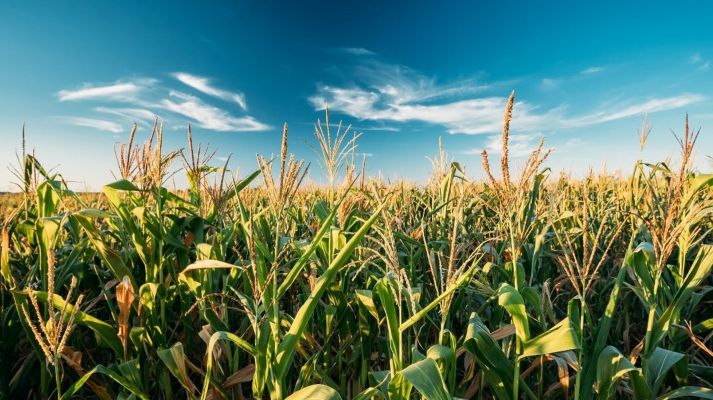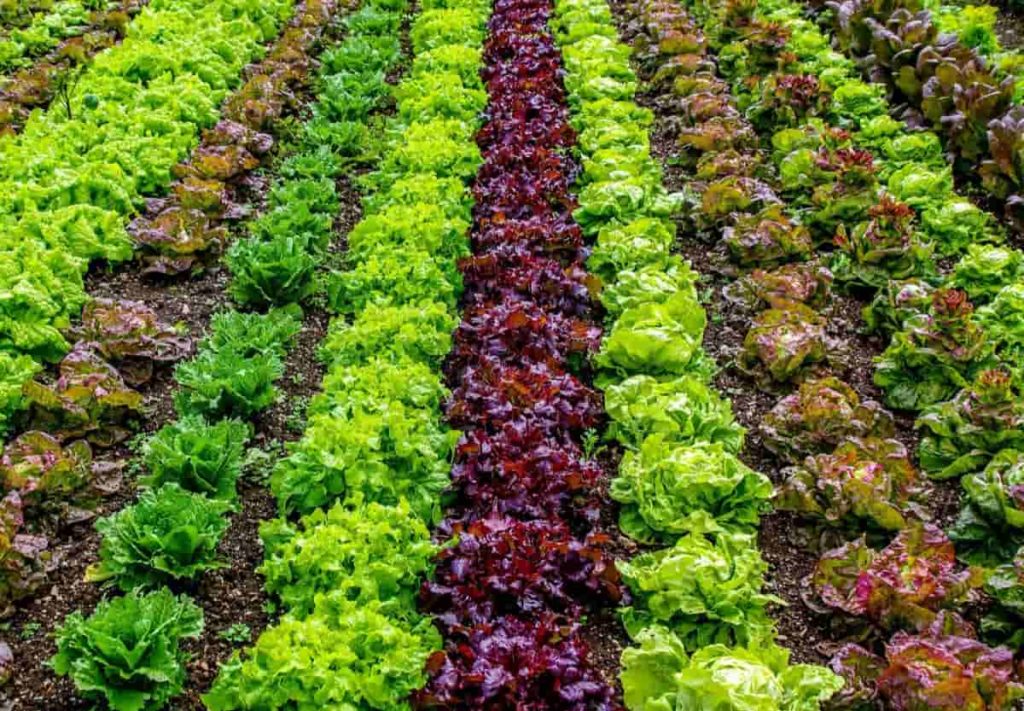Introduction:
In the intricate dance of nature, the soil serves as the silent architect, shaping the destiny of plants. Understanding the characteristics that make the soil suitable for plant growth is fundamental for cultivators, whether they’re tending to a backyard garden or managing vast agricultural landscapes. In this exploration, we’ll unravel the key characteristics that transform soil into a nurturing haven for plants.
1. Well-Structured Soil: The Foundation of Growth
The structural composition of soil is a fundamental determinant of its suitability for plant growth. Well-structured soil provides the ideal balance between sand, silt, and clay particles, creating a porous environment that allows for proper aeration and water drainage. This prevents waterlogging, promotes root development, and facilitates the movement of nutrients to plant roots.
2. Adequate Nutrient Content: The Fuel for Flourishing
Plants, like any living organism, require essential nutrients for growth and development. A suitable soil should contain a balanced mix of macronutrients, including nitrogen, phosphorus, and potassium, as well as micronutrients such as iron and zinc. Regular soil testing ensures that these nutrients are present in sufficient quantities, providing the necessary fuel for robust plant growth.
3. Optimal pH Levels: Striking the Right Balance
Soil pH, a measure of its acidity or alkalinity, profoundly influences nutrient availability to plants. Most plants prefer a slightly acidic to neutral pH range. Ensuring that the soil pH aligns with the specific needs of the plants being cultivated is crucial. Amendments such as lime or sulfur can be applied to adjust pH levels, creating an environment where plants can efficiently absorb nutrients.
4. Good Water-Holding Capacity: Balancing Act of Hydration
While proper drainage is essential, a suitable soil should also have good water-holding capacity. This allows the soil to retain moisture for a sufficient duration, ensuring that plants receive a consistent water supply. Sandy soils, for instance, drain quickly but may require more frequent watering, while clay soils retain water for longer periods. Striking the right balance is key to preventing both drought stress and waterlogged roots.
5. Effective Soil Texture: The Feel of Fertility
Soil texture, determined by the relative proportions of sand, silt, and clay, influences its overall fertility and structure. Loamy soils, which contain a balanced mix of these particles, are often considered ideal for plant growth. Their texture promotes water retention, drainage, and nutrient availability, creating a hospitable environment for a wide variety of plants.
6. Rich Organic Matter: Nature’s Elixir
The presence of organic matter in soil is akin to nature’s elixir for plants. Composed of decaying plant and animal material, organic matter enhances soil structure, water retention, and nutrient availability. Adding compost, well-rotted manure, or cover crops to the soil contributes to its organic content, creating a fertile ground where plants can thrive.
7. Effective Soil Microbial Life: The Underground Symphony
Beneath the surface, a vibrant ecosystem of microorganisms plays a crucial role in soil health. Bacteria, fungi, and other microbes contribute to nutrient cycling, organic matter decomposition, and disease suppression. A suitable soil fosters a diverse and active microbial community, creating a harmonious underground symphony that supports plant growth.
8. Minimal Compaction: Giving Roots Room to Roam
Soil compaction, often caused by heavy machinery or foot traffic, restricts root growth and inhibits the movement of air and water. A suitable soil should minimize compaction, allowing roots to penetrate easily and establish a strong foundation. Practices such as using cover crops and avoiding excessive tillage contribute to maintaining soil structure and preventing compaction.
9. Resilience to Erosion: Protecting the Land
Erosion can strip away the topsoil, robbing plants of essential nutrients and compromising their growth. A suitable soil exhibits resilience to erosion through measures such as the presence of ground cover, the use of mulch, or the incorporation of contour plowing techniques. By protecting against erosion, the soil maintains its integrity and sustains a healthy environment for plant growth.
10. Adaptability to Plant Needs: Tailoring the Environment
Different plants have varying soil preferences. A suitable soil is adaptable, allowing cultivators to tailor the environment to meet the specific needs of the plants they are growing. This adaptability involves a nuanced understanding of the plant species in question and the ability to modify soil characteristics accordingly.
Conclusion:
In the grand tapestry of nature, soil stands as the canvas upon which the story of plant life unfolds. By recognizing and cultivating the characteristics that make soil suitable for plant growth—well-structured composition, adequate nutrient content, optimal pH levels, good water-holding capacity, effective texture, rich organic matter, a thriving microbial community, minimal compaction, resilience to erosion, and adaptability to plant needs—we become stewards of a flourishing ecosystem.
As cultivators, gardeners, and environmental enthusiasts, it is our responsibility to nurture and safeguard the soil. In doing so, we contribute not only to the well-being of individual plants but also to the health and sustainability of our shared planet.




